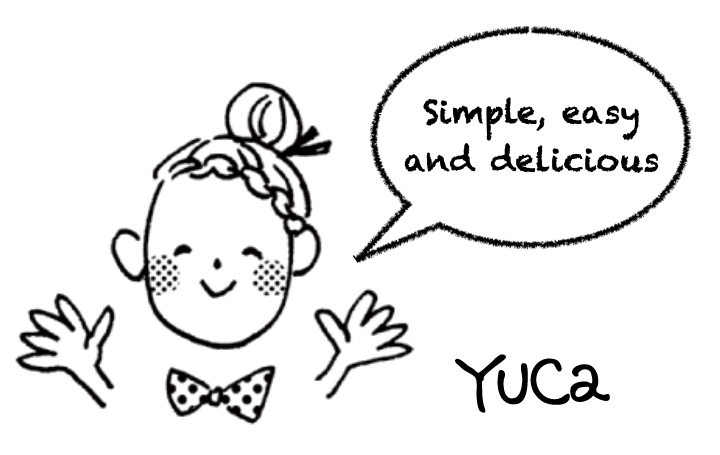Wagashi (Japanese Sweets) 和菓子
In today’s Japan, where many different food cultures come and go, wagashi is not in the spotlight as much as it used to be, but it still has a different appeal than western confectionaries that have been introduced from overseas.
Origin of Japanese sweets
There are some major events in the history of Wagashi. First, tea was introduced to Japan from China in the early 12th century, and wagashi became a part of tea ceremony over time.
In the 16th century, the Portuguese sugary sweets inspired the production of wagashi made with added sugar. During the Edo period, wagashi became more widely available to the public due to the increase of sugar imports. Until the Portuguese arrived in Japan, wagashi were naturally sweetened without sugar.
Difference from Yogashi (Western Sweets)
Unlike yogashi animal-based ingredients like dairy and eggs are not used to make wagashi. As a result, wagashi tends to be less fatty. On the other hand, wagashi often contains a lot of sugar. Also, wagashi is made by a variety of cooking methods beyond baking, such as steaming, kneading and molding.
Reflection of seasons
Wagashi is highly seasonal. Although many types of wagashi are available throughout the year, you can find unique wagashi items for each season. For example, pink colored wagashi is common in spring to represent the cherry blossom season. Wagashi with the shape and colors of autumn leaves are another popular item.
Varieties of Wagashi
- Mochi gashi (Mochi Sweets) 餅菓子
Mochi gashi are wagashi made with mochi.
– Daifuku
– Matcha Cream Daifuku
– Sakura mochi
– Ohagi / Botamochi
- Dango (Rice Dumplings) 団子
Dango are small boiled dumplings made of rice flour. They are often served on bamboo skewers.
– Mitarashi dango (Dango coated with soy sauce and sugar sauce)
– Yomogi dango (Dango mixed with aromatic herb yomogi)
– An dango (Dango coated with sweet red bean paste)
– Kinako dango (Dango coated with sweet and dusty soy flour)
– Oshiruko (Dango in sweet red bean soup)
– Kurogoma dango (Dango coated with black sesame paste)
– Tsukimi dango *Dango eaten on the night of full moon in autumn to celebrate the harvest.
- Manju (Sweet Bun with Adzuki Bean Paste) 饅頭
Manju is type of wagashi typically stuffed with anko (sweet red bean paste), and also made with flour and steamed or baked.
– Saka manju *Yeast and koji mold are added to the dough.
– Ningyo yaki *Ningyo means doll.
– Kuri manju *Kuri means chestnut and it is filled with shiroan (sweet white kidney beans paste).
– Taiyaki *Sea bream shape manju
– Dorayaki *Anko sandwiched between small pancakes.
– Monaka *Anko packed inside a thin wafer.
- Senbei & Ame (Japanese Crackers & Candy) せんべいと飴
Senbei are baked rice crackers and are typically flavored with soy sauce or salt.
– Senbei *Typically round shape.
– Okaki *Senbei made with sticky rice. Larger.
– Arare *Senbei made with sticky rice. Smaller.
– Karinto *Classis deep-fried sweet crackers made with flour, yeast and brown sugar.
– Kompeito *star-shaped tiny colorful sugar candy brought to Japan by the Portuguese in 16th century.
References:
– A complete Guide to Japanese Cuisine









